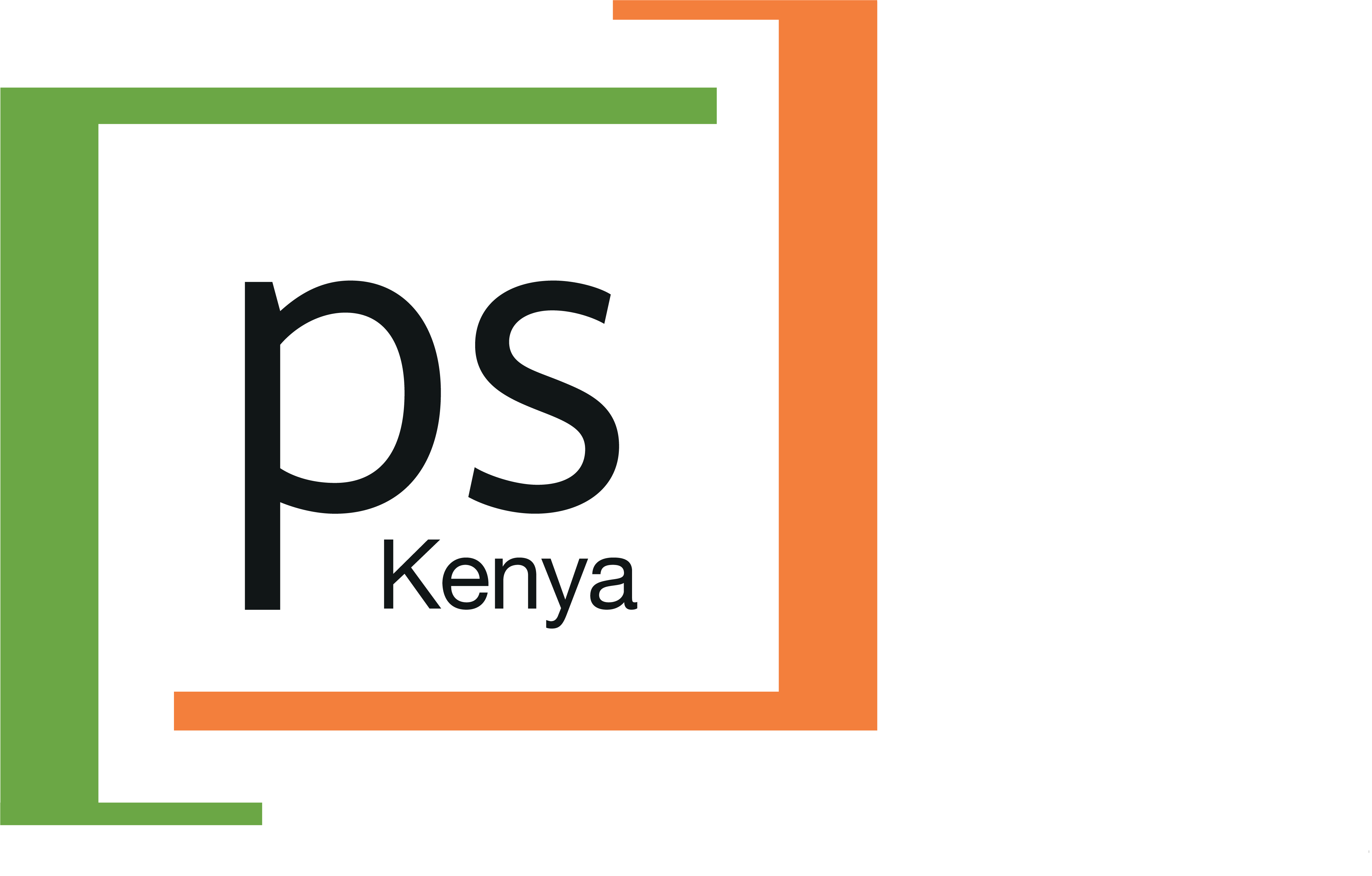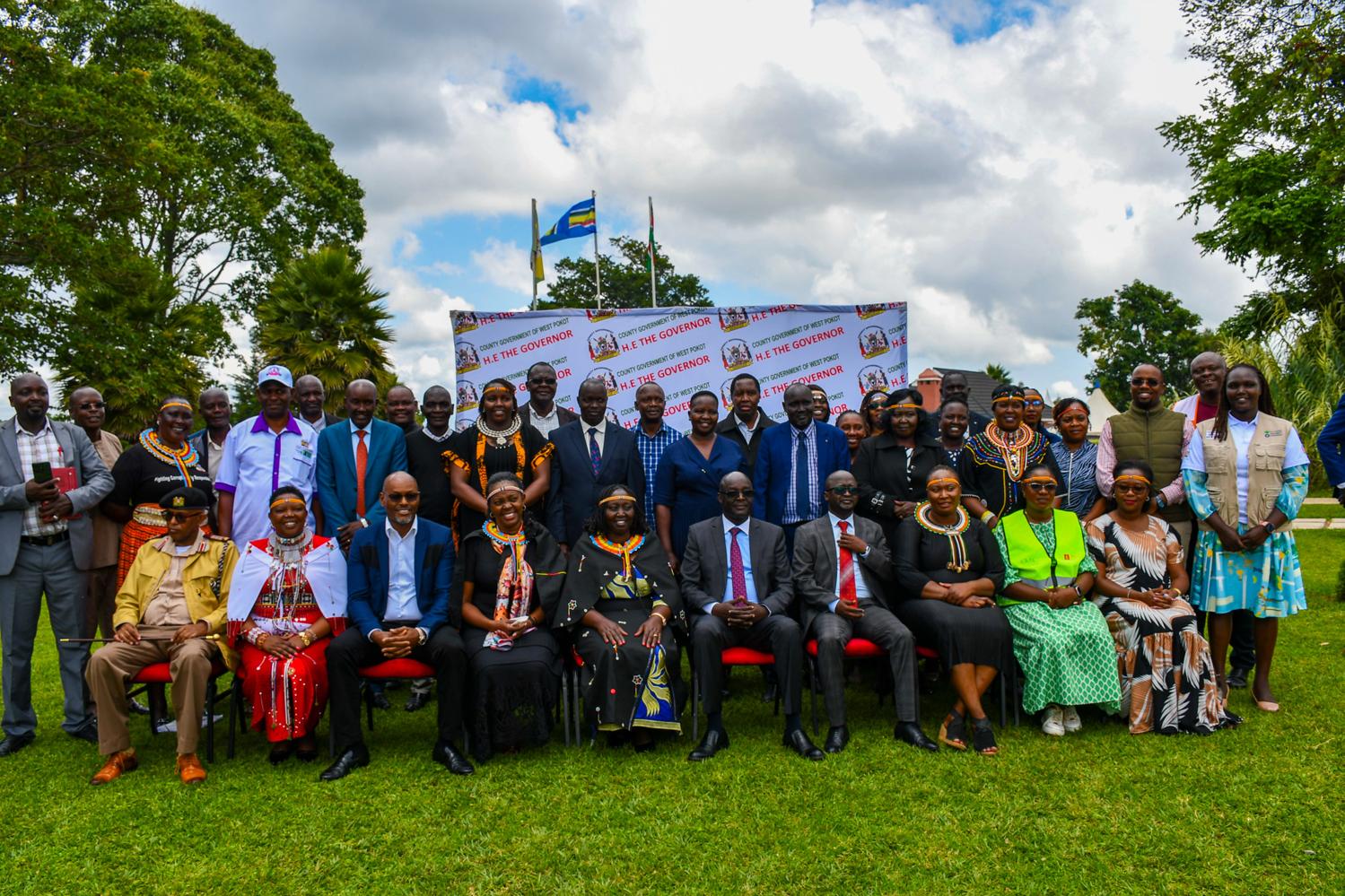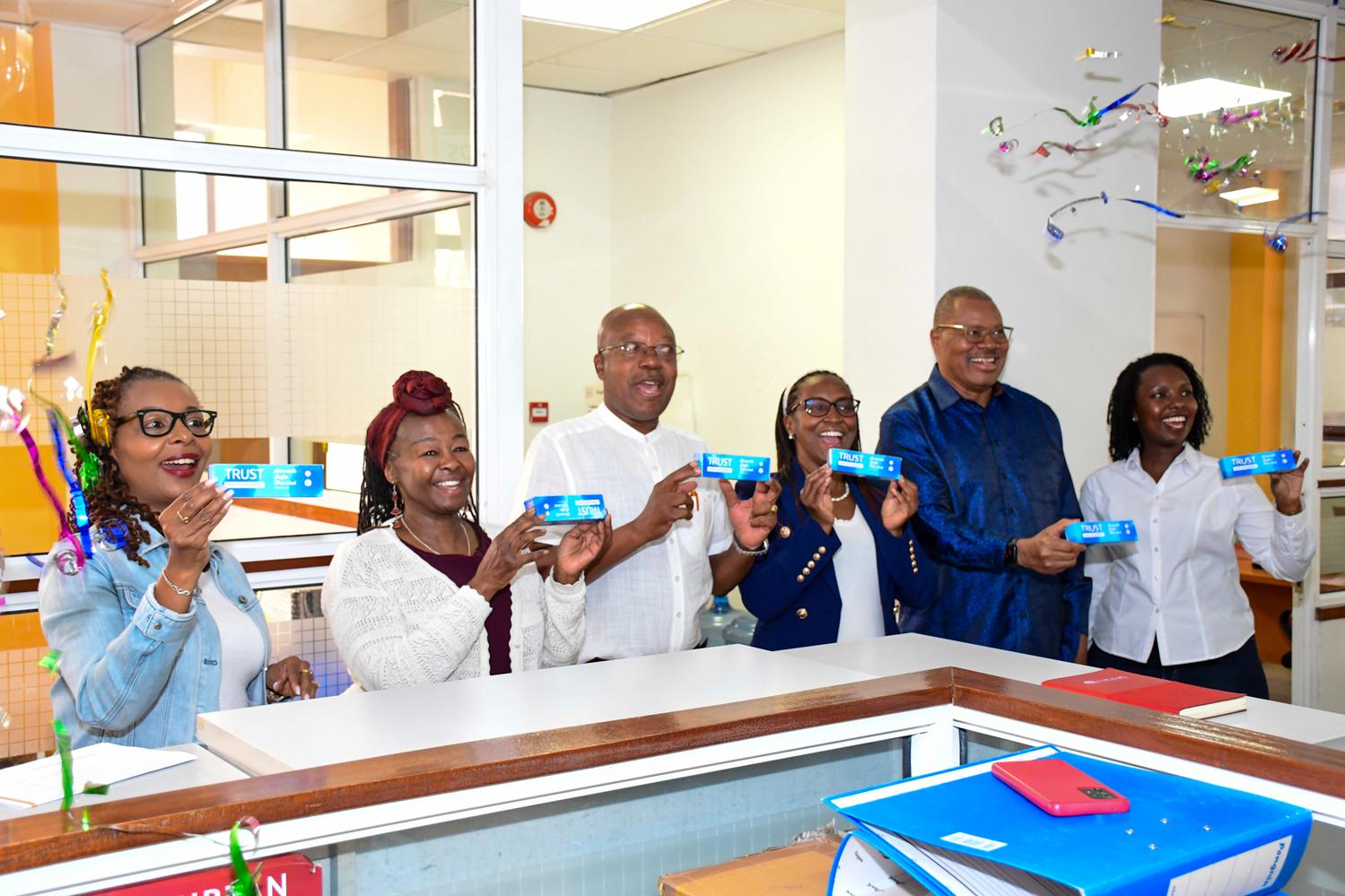Agenga Dispensary is located in Agenga Nanguba ward, in Samia sub county, Busia county. The dispensary supports Agenga and Sigalame Community units. The dispensary has a catchment population of 7224 persons with estimated 912 under 5years children with an estimated 1445 households. In the year 2020 885 children under 5 years in the dispensary confirmed positive on malaria testing. This overally indicates that malaria is prevalent in Agenga and Sigalame locations that if left unattended to would lead to mortalities especially to children under 5 years living in the area.
In the period December 2020 and January and early February 2021, there was a nation-wide health care workers strike that paralyzed service delivery in most of the public health hospitals, Agenga dispensary included. Sarah Agunda, the facility incharge and also the facility chew supporting Sigalame and Agenga CU confirmed how they were required to close down the facility in solidarity with their counterparts in the ministry of health.
“Most of the time there were spies providing information to the union leaders on the Nurses or Clinicians who were working during the strike. The union would then summon you, embarrass you and threaten to issue a warning letter to your membership with the KNUN. At some time, I received a call from my sub branch chair that they were coming for me due to my defiance” Narrates Sarah Agunda, a Nurse incharge of the Agenga Dispensary.
In the heart of Sarah, they were the 912 children under 5 years who would suffer due to lack of access to the public dispensary and lack of access to medication. However, the situation demanded that the facility remains closed. She decided to look for a better way to support the community and also support the strike without necessarily taking part in it.
“I really empathized with the children who were going to suffer because accessing the private facilities is very expensive looking at the income level of the people in the community.” Says Sarah.
The only available solution to her dilemma was the community strategy using the trained community health volunteers of Agenga and Sigalame CUs. The incharge was motivated by the motivation to work by the CHVs and the good relationship with the CHA. She then gave out the malaria Rapid Diagnostic test (RDT) Kits and ALs for treatment to the CHVs. Replenishments were then done on need basis whenever the CHVs could run out of stock simply by calling her through her mobile telephone number or whenever she was at the facility.
“I would call them when am at the facility so that through corp leader I issue them the commodities or sometimes the Corp leaders could call me and together we schedule the time I would go to the facility to give them the commodities.” Affirms Sarah.
This kind and heartily act by the Facility incharge ensured that during the strike the Community units were able to test and treat suspected cases especially the under 5 years’ children in the locality and prevent cases of death due to malaria in Agenga and Sigalame.
The table below shows the treatment pattern of the facility and community units (KHIS 2) during the strike period. The strike started in Mid-December and ended in mid-February hence low numbers at the facility. However, in February the facility was fully closed.
|
Period / Data |
Confirmed Malaria (only Positive cases) by Agenga Dispensary |
Confirmed Malaria (only Positive cases) by Agenga and Sigalame CUs |
|
20-Dec |
43 |
50 |
|
Jan-21 |
0 |
82 |
|
Feb-21 |
44 |
100 |
|
Mar-21 |
231 |
64 |
|
Apr-21 |
212 |
129 |
All thanks to the Community health volunteers and the Agenga Dispensary fraternity.
Compiled by: Frankline Okome (Global Fund Malaria Project Officer in Busia county)



